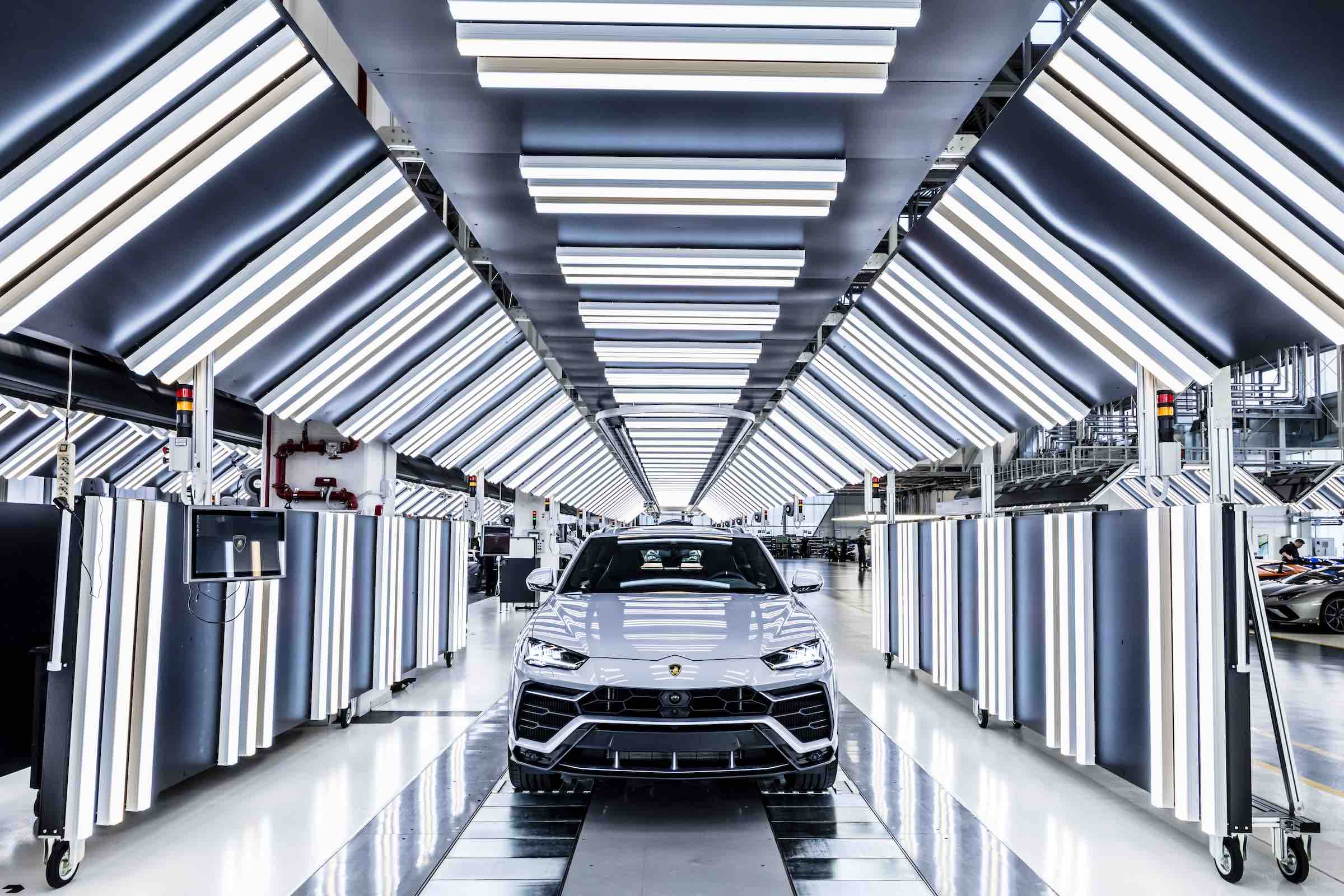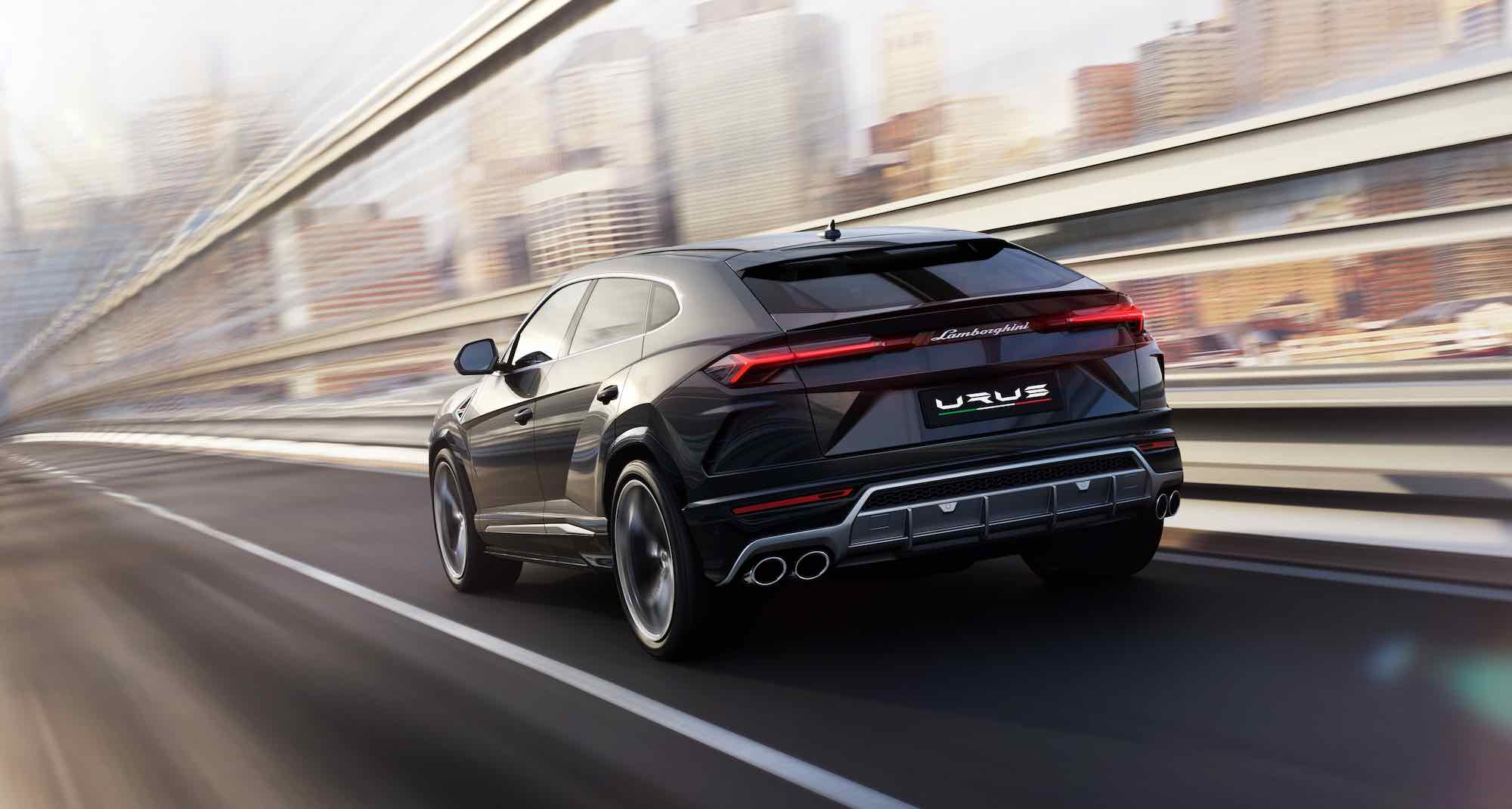
VOGUE Australia, May 2018 (link)
When it comes to living with a supercar, the Urus may not be the Lamborghini we all want, but it’s the one we probably need.
In one of his essays on power and symbolism of the piston, design critic Stephen Bayley lamented that he thought cars to be the modern equivalent of great gothic cathedrals; “The supreme creation of an era, conceived with passion by unknown artists,” he wrote.
“Consumed in image if not usage by a whole population which appropriates them as a purely magical object.” Now, if there ever were a brand to encapsulate the divinity in that statement, it would be Lamborghini. Maybe not driven by the entire population, but they’re certainly highly desired, architecturally-designed objects, consumed in image, acting as an incandescent beacon of time.
When Lamborghini dropped the bomb that it was throwing its hat in the SUV ring (with Aston Martin, Ferrari and Rolls-Royce soon to follow suit), putting twin-turbos in a car for the first time, building an entirely new factory and raising the ride height; shock waves hit the internet, hate outweighed the support and misogynistic keyboard wars were had.

The Urus was to be the world’s first “Super Sports Utility Vehicle” and the party line? “Expect the unexpected.” But if the slinky Miura defined the ‘70s, the ‘80s by aggressively-shaped Countach and the clunky, tech-y Gallado was the car of the early ‘00s; it makes sense for 2018 to bring an inclusive, generous and versatile model to the party. That, I’d argue, should be expected –inclusion is a sign of the times, one of the words of the year, in fact.
Lamborghini’s new SUV, the Urus. Image credit: Supplied
What we didn’t expect Lamborghini to do was repeat what it did in 1966 with the Miura, that is, create an entire new category of super car. But they did and they have, and this time they have women in mind. “Lamborghini is probably the first one thinking about the female market in the completely different way,” says Chief Marketing Executive Katia Bassi. “Normally, when the automotive segment think about women, [it] thinks about very few details like the mirror or some details in pink, that, to be honest with you, is not really what we're looking for, right?” Right. “At the end of the day, what we need is space, comfort, versatility,” she says. “We have so many other things we’re doing inside the car. Of course, women also love driving a super sporty car, because we want to enjoy it and it's our choice, but on the day-by-day activity, we also need a car that is more versatile. And this is why we thought about that, we like to say the super sports utility vehicle is a generous sports car… an experience.”

The Urus is not the raging bull’s first foray into the category. In the late ’70 and ‘80s, the brand toe-dipped with esoteric utilitarian SUVs developed for military use, but never really mass-actualised. The Urus takes its DNA design cues from one these models, the LM002, as well as the iconic Countach–the wheel arches, angular contours, coupe-like low profile, strong slant of the side windows and the diagonal lines seen on the front and rear. And while mechanically, it may borrow some elements from its VW-group cousins, like the Audi Q7, Porsche Cayenne Turbo and Bentley Bentayga, this is a Sant’Agata Bolgenese design house blue blood. You’ll probably read somewhere that this is “essentially an overpriced Audi,” except, I stick to my guns when I say there’s more to a drive than its platform.
Lamborghini’s new SUV, the Urus. Image credit: Supplied
To match its extreme, aggressive proportions, the Urus boasts a 650hp/484kw 4.0-litre V8 twin-turbo that delivers a huge 850Nm of torque, hits 0-100km/h in 3.6 seconds with a top speed of 305km/h; making it the fastest SUV available. It has active torque vectoring (read: it can send up to 70 per cent power to the front and 87 per cent to the back), four-wheel steering, enormous carbon ceramic brakes, adaptive air suspension and active roll stabilisation – in a nutshell: it’s an off-roadable Venn diagram of the Huracan and Adventator in dynamics, that’s also rock, snow, sand, mud and track-ready, if you dare. Still sound like a Q7? Didn’t think so.
Specs aside, when we talk about “inclusive super cars,” Lamborghinis are everything they’re sold to be: loud, powerful, neck snappers that do not suffer fools. They’re an empowering drive–the top tier models can shoot violet flames and brag a V12 that when opened, feels like having one of those electric waist trainers strapped to you. But they can be hard-seated, cramped, lacking in luggage space, so loud that Bluetooth phone conversations are often hilariously pointless, and ride on such a low profile, they can only really be driven on certain surfaces–god forbid you have a violently slanted driveway.

However, the Urus is designed to satisfy it all–the thrill of a supercar but with more choice (and less anxiety): passengers, road surface, drive mode, destination are at the driver’s discretion; while still feeling bad ass, luxurious, empowered and safe. Lamborghini might have named its 2018 newborn a “Super Sports Utility Vehicle,” but maybe they just should have just coined it the super inclusion high-rider.
The Urus starts at $390,000 (plus on road costs) and will be available for order now.